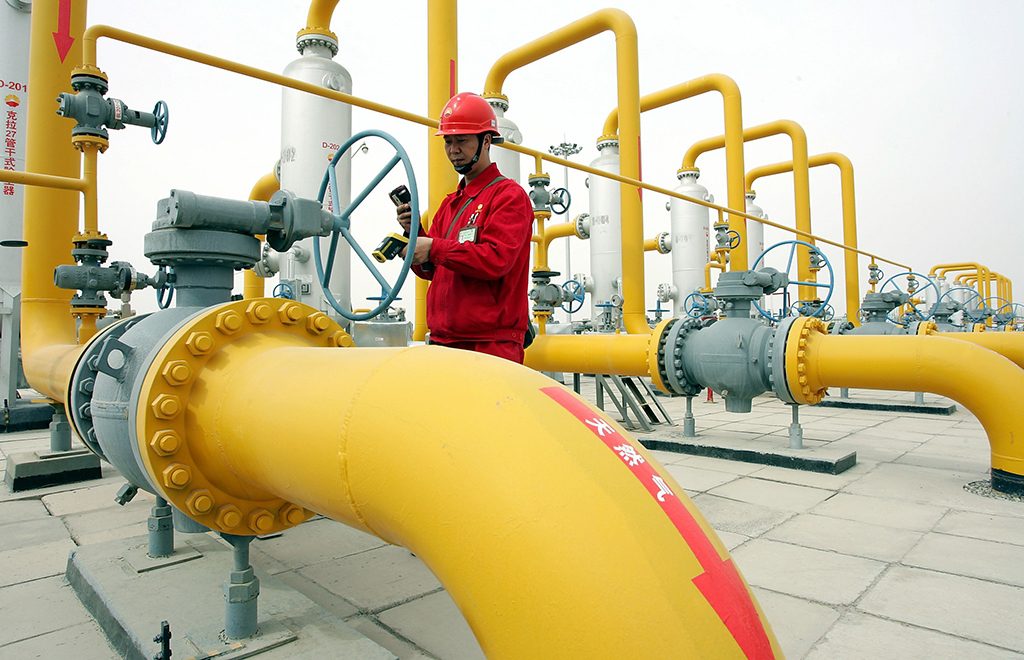By Miaoru Huang – Research Director, APAC Gas & LNG at Wood Mackenzie
After a pandemic slowdown last year, China’s demand for gas appears to have returned stronger than before. In H1 2021, China’s gas demand saw a 16% year-on-year increase, led by strong power and industrial demand. Underperforming hydropower in southwest China, tight coal supply coupled with high coal prices across the country, and high summer temperatures supported gas-fired power generation. Export-led economic growth and domestic consumption recovery benefited overall energy demand, including natural gas.
So far, China’s gas demand has exceeded expectations and we now expect gas demand to increase by 13%, or 42 billion cubic metres (bcm), year-on-year in 2021. But how far can it go and how could carbon neutrality impact the role of gas in China?
There are many reasons to believe gas demand still has vast room to expand above current levels. Natural gas fits into China’s strategies to diversify the coal-dominated energy mix, improve air quality and pursue low-carbon development. To meet its rising demand, China has been boosting domestic production, debottlenecking infrastructure, diversifying import sources and introducing market-oriented reforms. In our base case, we expect demand to grow at 5.5% a year on average between 2020 and 2030. Post-2030, growth will decelerate but by 2050 China’s gas demand could reach around 660 bcm.
The demand increase comes with structural changes. Historically, gas use in the industrial sector (as fuel and feedstock) dominated overall gas demand in China, contributing to about 50% of the market. The share dropped to 42% in 2020. Industrial gas demand will continue to grow as the potential for coal-to-gas switching in the coastal regions remains significant. Governments in coastal provinces are targeting the sector to reduce coal consumption and improve air quality. However, the growth rate will slow as China’s industrial energy demand peaks. In inland provinces, gas will struggle to increase its share where coal is the main pillar of local economies. By 2050, industrial gas demand will account for 34% of total gas demand.
Residential, commercial and space heating (RCH) demand is fast catching up. Coal-to-gas switching in RCH has already magnified China’s winter demand peaks. The trends of urbanisation, higher affordability, gas distributors building new city gas projects and winter clean heating requirements will provide gas access to a broader population. Gas storage facilities and flexible supply sources like LNG will be key for peak shaving. By 2050, RCH gas demand could account for 40% of total gas demand.
From a pure fuel cost perspective, gas-fired power cannot compete against coal for baseload generation. Still, the total installed gas power capacity could almost quadruple to 392 gigawatts (GW) by 2050. This is because China’s tightening environmental policies and the need for more peak-shaving power make cases for gas power builds.
However, longer-term, integrated renewables-plus-storage projects will pose the ultimate threat to gas power. We expect annual utilisation hours of gas power to drop as gas power plants become reserve capacity in the power system.
The absolute growth in gas-fired power itself creates another layer of challenge for gas storage. Gas power will be increasingly called on for peak shaving at shorter notice and in shorter duration. By 2050, power gas demand will be 19% of total gas demand, compared to 18% in 2020.
The transport sector makes up the remaining segment, and its gas demand will mostly come from from LNG-fuelled heavy-duty trucks.
As gas demand picks up, we expect domestic production to increase by an average of 4.6% annually between 2020 and 2030, thanks to significant remaining resources, increased exploration and development spending, and more advanced technology. The national oil companies (NOCs) have discovered 6.85 trillion cubic metres of natural gas resources in the past decade, 45% of total incremental resources since the founding of the People’s Republic of China.
The NOCs will stick to their seven-year plan (2019-2025) and accelerate upstream exploration in response to the government’s call to strengthen energy independence – the long-held strategy, especially when geopolitical tensions rise. Domestic production being the backbone of the gas supply mix is key to overall gas demand growth.
China’s growing gas demand will call on more imports to bridge the gap between demand and domestic production. The country is already the world’s largest gas importer. In 2020, pipeline gas imports totalled 48 bcm, while LNG imports stood at 93 bcm (or 67 million tonnes (Mt)). In the first half of 2021 China overtook Japan as the world’s largest LNG importer, and we expect China’s 2021 full year LNG imports to exceed Japan’s too.
Despite higher flows of pipeline imports, LNG will be crucial to meeting China’s gas ambitions. Until storage capacity develops sufficiently, LNG is more flexible than pipeline gas to counter demand and production uncertainty. In southern China, which is far away from onshore gas-producing basins, LNG will serve both base and peak demand. In northern China, LNG will remain an important peaking source. We forecast LNG demand to increase from 67 Mt in 2020 to 112 Mt by 2030 in our base case.
China has pledged to reach carbon neutrality by 2060. To achieve that ambition requires a tectonic shift in its energy mix, technology, and metals supply chains. In the net zero scenario, all hydrocarbons would need to be reduced. Yet we see gas demand being more resilient than coal and oil demand. Before 2030, gas demand growth will be largely intact compared with the base case. Post-2030, gas demand is expected to plateau, and a gradual decline begins. Nevertheless, gas demand in 2050 would be higher than current levels, especially as gas can contribute to China’s transition to net zero in hard-to-decarbonise sectors and through the form of blue hydrogen.




